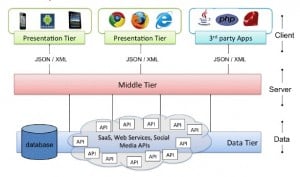Reading Time: 4 minutes
In response to the growing demand we’ve seen for application and data connectivity across the cloud ecosystem, this week we are renaming our cloud integration platform as a service Mule iON to CloudHubTM. I’d like to give you a quick insight into why we’ve changed the platform name.
A new name to describe the value we provide
After working with a hundreds of F1000 businesses, emerging SaaS leaders and the best developer community on the web, a common theme has emerged across them all. In cloud there is a need to have an open platform where SaaS applications can interact and talk to each other and to legacy applications to provide the realtime business automation that all organizations now demand. To date we have nearly 2,000 companies using our cloud integration platform to process over 50 million transactions per month, so no better time than now to crystallize our brand to new and old partners and the broader marketplace of businesses of all sizes.
While the name Mule iON gave a nod to our integration expertise and our Enterprise Service Bus, Mule ESB, we wanted a name that could better describe the value our cloud integration platform provides to a new and larger audience that might not know Mule. In the way that Facebook connects people around the globe, we want to connect applications and data to each other. Introducing CloudHub, the integration and connectivity platform that gets your data and applications interacting, sharing, and working together for the needs of businesses everywhere.
Integration apps will be unaffected (and don’t forget to update your bookmark)
For those of you that have integration apps running on muleion.com, they’ll be unaffected and available on both domains muleion.com and cloudhub.io for an overlapping period of time. Please use cloudhub.io as the domain for accessing your cloud integrations moving forward and we’ll be phasing out muleion.com over the coming months.
Thanks for reading and as always send us your feedback on the platform. We look forward to seeing the new and interesting ways you’ll leverage CloudHub in the days and weeks to come.








